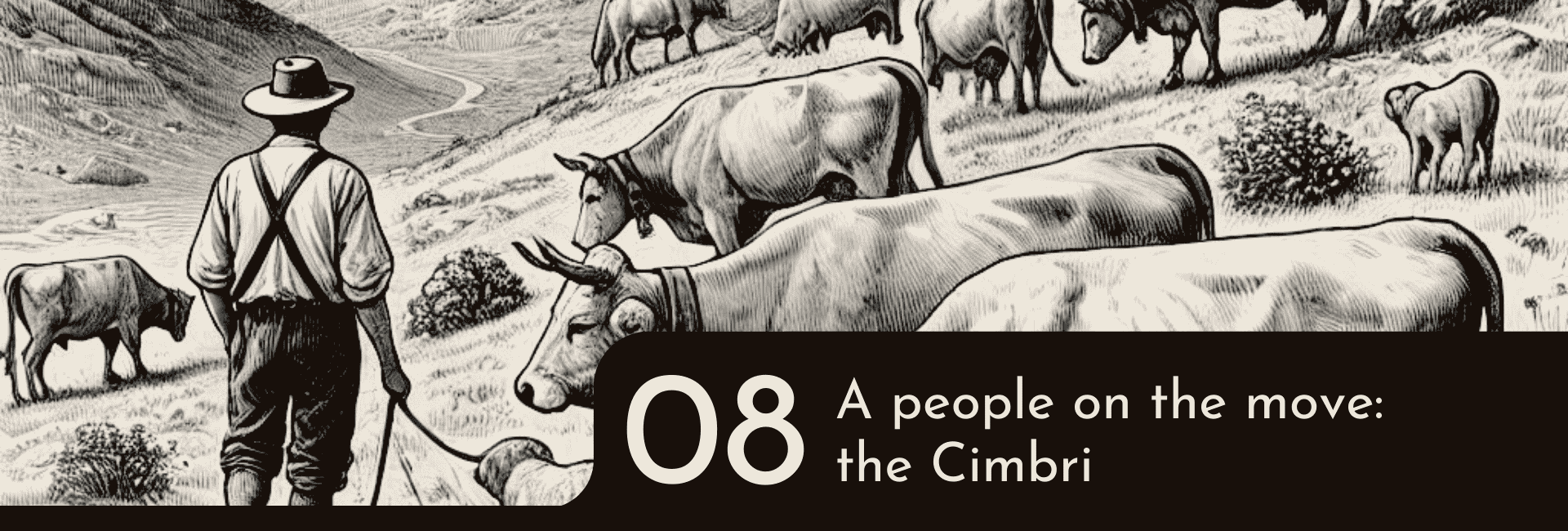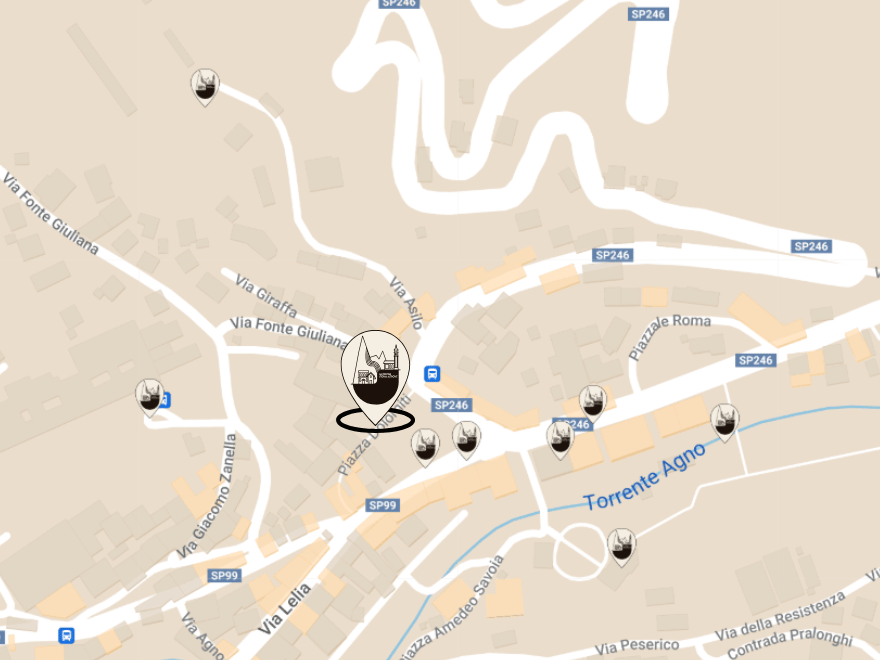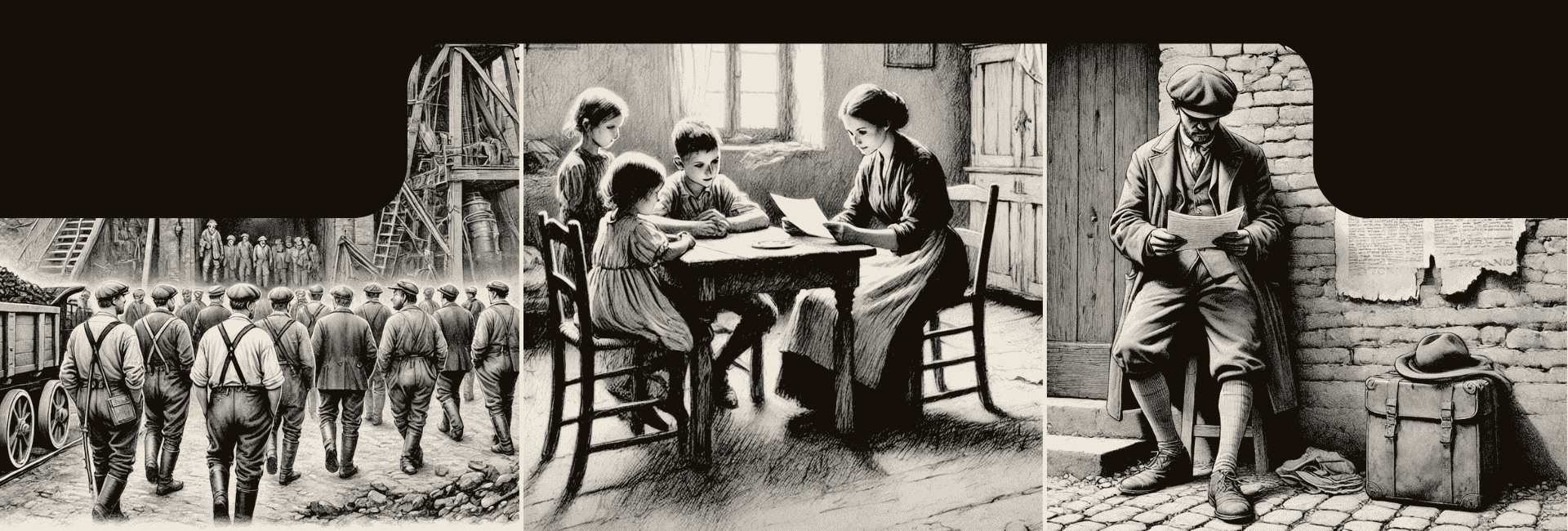
![]()
Historical Nativity Scene
Recoaro Terme Church
08. A people on the move: the Cimbri
The history of the Cimbri people, an ancient migratory group settled in northern Italy, reflects the resilience and adaptability of emigrant communities.

The presence of the Cimbri in the Vicentine Pre-Alps is a documented historical reality, although information about them is limited and often tied to oral traditions.
The Cimbri were settlers of Bavarian origin who, starting in the 13th century, established themselves in various mountainous areas, including the Asiago plateau and surrounding valleys. Their migration was encouraged by the need to repopulate sparsely un inhabited territories and exploit resources such as forests and pastures. They brought with them farming, forestry, and artisanal skills that became fundamental to local development. Although there is no direct evidence linking the Cimbri to Recoaro Terme, their cultural and linguistic influence in nearby areas may have indirectly impacted the local mindset. The Cimbri’s tradition of mobility and adaptability, combined with their ability to integrate into new contexts, may have left a cultural legacy that made emigration more acceptable and perceived as a pragmatic strategy rather than an act of desperation. However, this interpretation must be approached with caution: while the Cimbri are a historical example of migration and integration, there is no direct evidence that their past influenced the migratory choices of the people of Recoaro in the 19th and 20th centuries. Analyzing this connection requires further documentary research and an in-depth exploration of local oral traditions.
Annotated bibliography:
Dal Lago, Enrico. Storia dell’emigrazione italiana. Carocci Editore, 2014.
Franzina, Emilio. Storia dell’emigrazione italiana. Laterza, 2002.
Online sources and institutions for reference:
Archivio storico di Asiago e testi sulla cultura cimbra delle Prealpi vicentine.
A flexible and personal journey
It doesn’t matter where you start or which stage you choose to explore first, each point will tell you an important part of “La nostra storia altrove”. You can explore our cultural roots or focus on the social and economic impact of the phenomenon. The important thing is to reach the end, piecing together a great historical puzzle that tells us who we are and where we come from.
